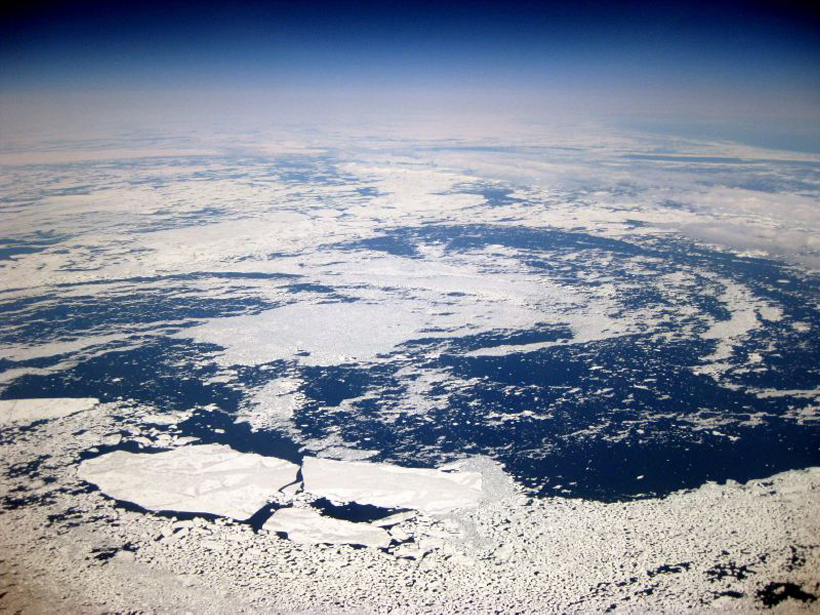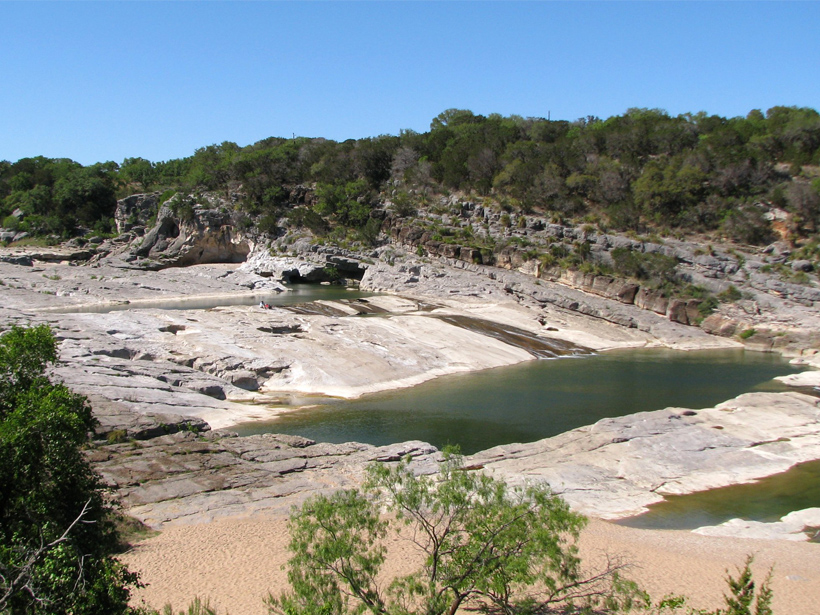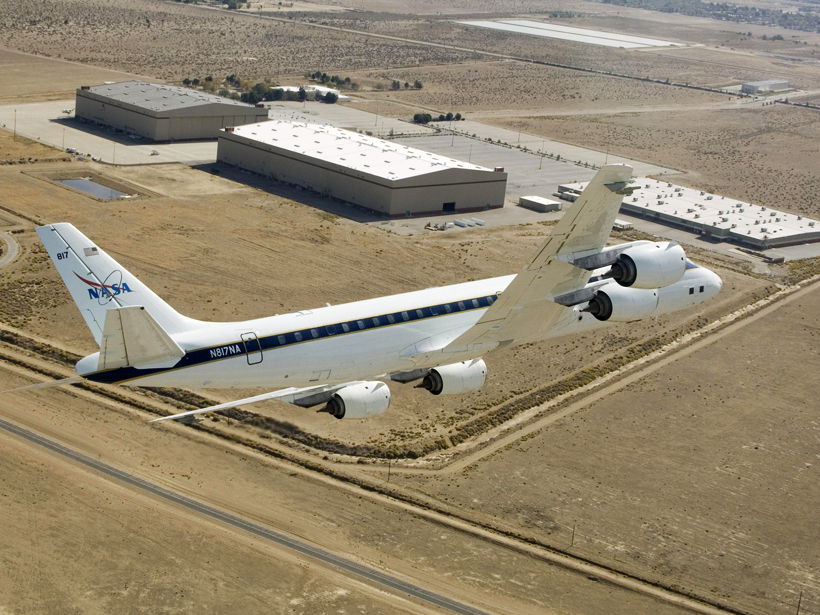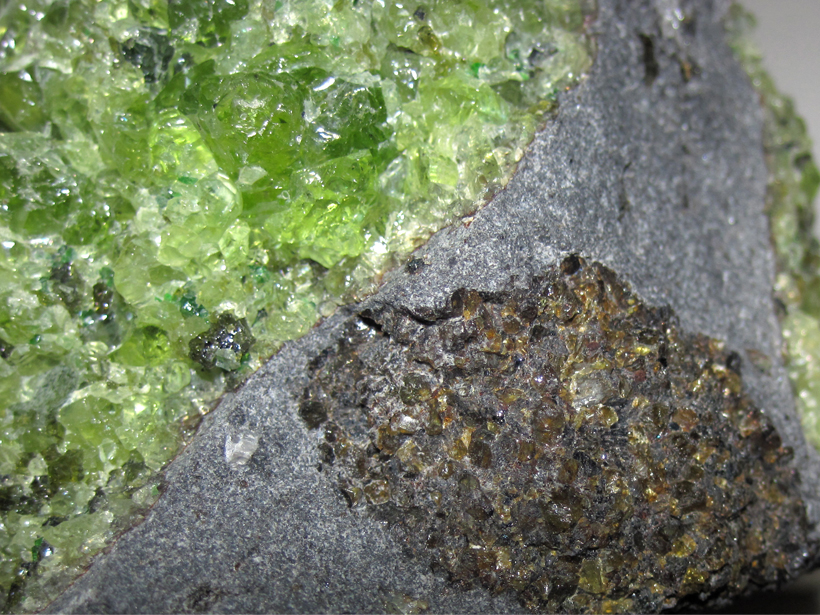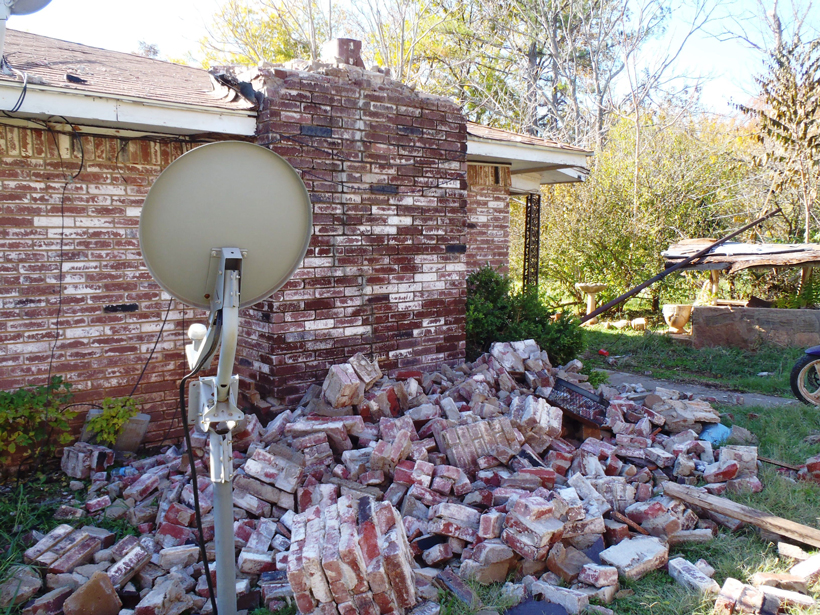For the first time, scientists use GPS to measure the displacement rate of the subducting Pacific Plate near the source of disastrous shaking in 2011.
L. Strelich
Lily Strelich is a freelance writer and editor, covering Earth and space science research for Eos.org, Hakai Magazine, mental_floss, and others. She studied geology and German at Occidental College, assisted archaeology field work in Bulgaria, and now tackles science policy in Washington, D. C.
Atlantic Sea Ice Could Grow in the Next Decade
Changing ocean circulation in the North Atlantic could lead to winter sea ice coverage remaining steady and even growing in select regions.
Satellites Track Chlorophyll Fluorescence to Monitor Drought
New satellite observations show connection between solar-induced chlorophyll fluorescence and soil moisture—a key mechanism behind drought onset.
Wind Shear Measures Help Predict Tropical Cyclones
New experiments explore how wind shear impacts tropical storm dynamics and may hold clues for better prediction.
Trace Gas Exchange Offers Key Insight into Atmospheric Processes
Eddy covariance fluxes provide insight into interactions of emissions, chemistry, deposition, and transport in the atmosphere.
P Wave Amplitude Decay Offers a Glimpse of Earth's Structure
Scientists look at deep earthquake signals to map how seismic waves lose energy in the upper mantle across the United States.
Climate Change Drives Increasing Snowfall in Western Antarctica
Using ice core records from West Antarctica, researchers look back at the past 300 years of snowfall over the Amundsen Sea.
Soil Texture Determines How Groundwater and Rain Impact Crops
Scientists model water table depth, soil texture, and weather conditions to identify how these variables interact to make or break corn yields.
Oklahoma's Dormant Faults Hide Huge Seismic Risk Potential
Researchers look at induced seismicity data in Oklahoma to spot an increase of stress in faults that could cause even more damage than recent quakes.
Arctic Tides Drive Water Mixing and Sea Ice Loss
Researchers model ice-ocean interaction to study how tides can influence Arctic Ocean circulation and sea ice volume.


